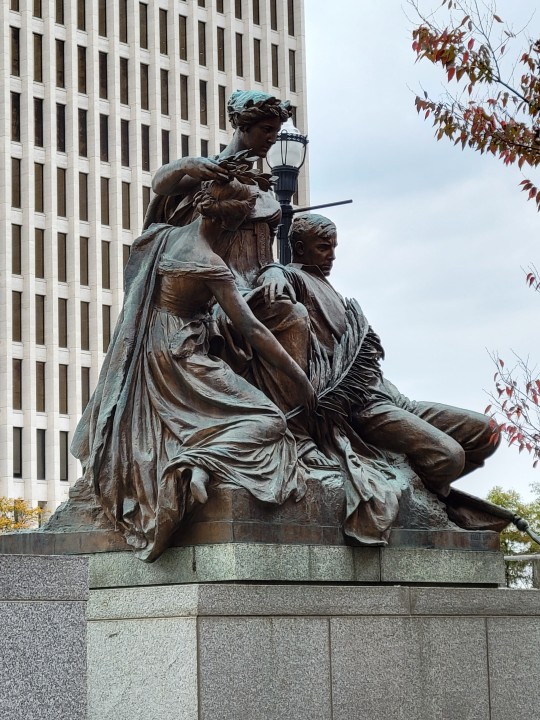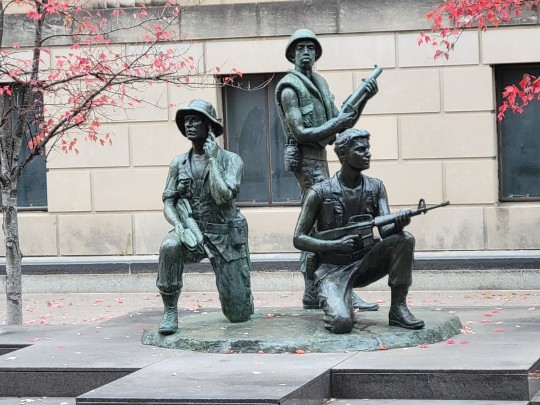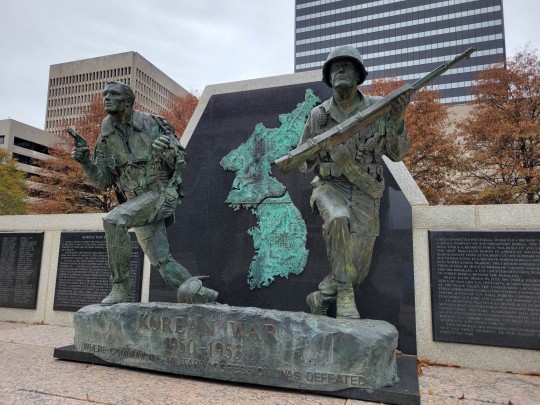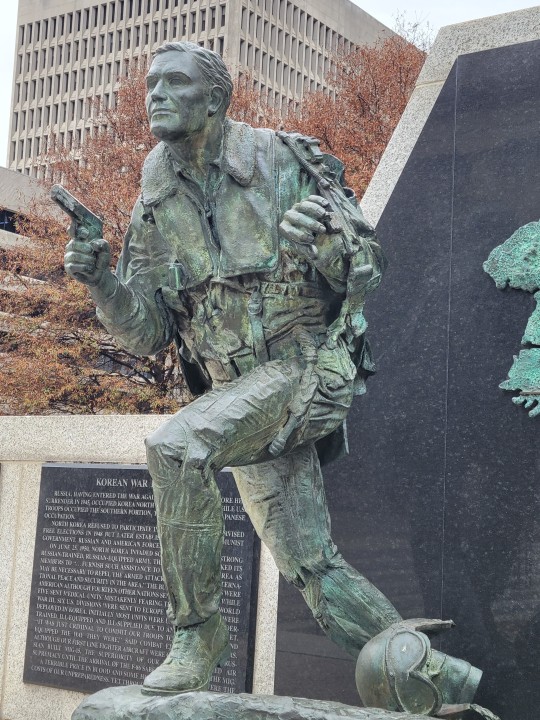#war memorial
Text
"Sarge?"
"Yes, Corporal Ping?"
"Why're some of you wearing purple flowers, Sarge?"
There was a subtle change in the atmosphere, a suction of sound caused by many pairs of ears listening intently. All the officers in the room had stopped writing.
"I mean, I saw you and Reg and Nobby wearing 'em this time last year, and I wondered if we were all supposed to..." Ping faltered. Sergeant Colon's normally amiable eyes had narrowed and the message they were sending was: you're on thin ice, lad, and it's starting to creak...
"I mean, my landlady's got a garden and I could easily go and cut a--" Ping went on in an uncharacteristic attempt at suicide.
"You'd wear the lilac today would you?" said Colon quietly.
"I just meant that if you wanted me to I could go and--"
"Were you there?" said Colon, getting to his feet so fast that his chair fell over.
"Steady, Fred," murmured Nobby.
"I didn't mean..." Ping began. "I mean...was I where, Sarge?"
Colon leaned on the desk, bringing his round red face an inch away from Ping's nose.
"If you don't know where there was, you weren't there," he said in the same quiet voice.
Terry Pratchett, Night Watch
#fred colon#nobby nobbs#reg shoe#corporal ping#night watch#discworld#terry pratchett#the glorious 25th of may#the watch#war#veterans#memorials#memory#war memorial#history#respect#experience#you had to be there#in the know#wear the lilac#were you there#long quote
488 notes
·
View notes
Text

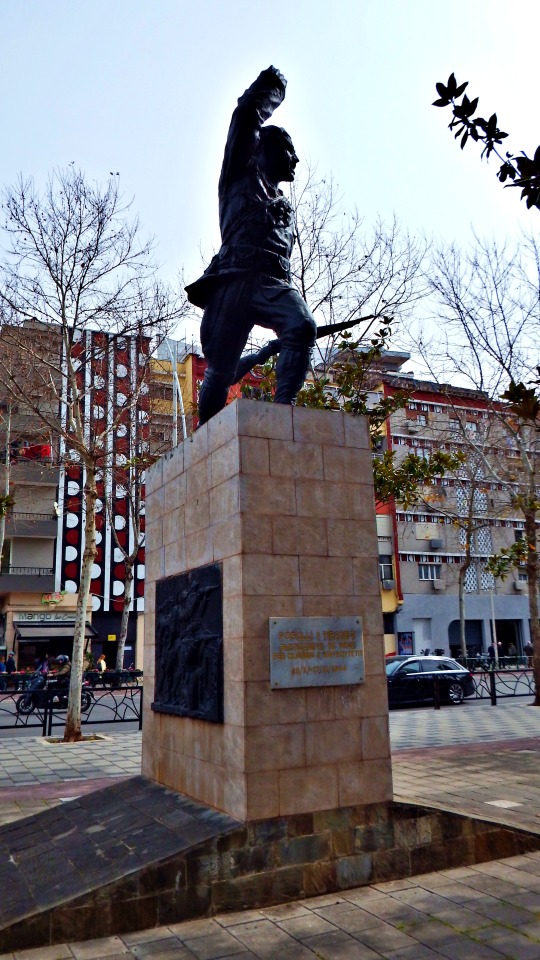

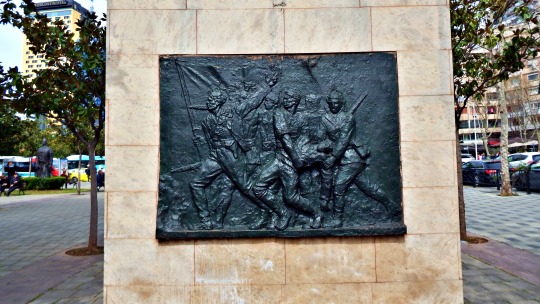

Statue of the Unknown Partisan
The Unknown Partisan or Unknown Soldier Statue is a Tirana war memorial for the troops who died during the Second World War battle against the occupying forces.
The statue appears as a man who has a fist and gun extended, aiming his weapons down the road to the Parliament building. It is built next to the Albanian Parliament and Kapllan Pasha’s tomb. It was built by the Albanian Communist
31 notes
·
View notes
Text
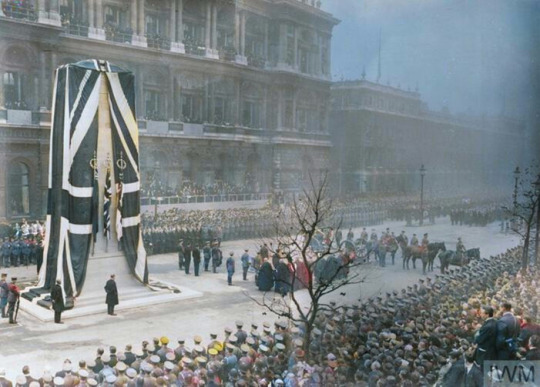
Never before had the country experienced losses on such a scale. In the immediate post-war years more than 74,000 local war memorials of various types were created. At a national level, the Cenotaph and Tomb of the Unknown Warrior were designed to honour all the dead, including the tens of thousands whose bodies were never found.
These memorials and the vast cemeteries in France and Flanders are a permanent reminder of the First World War and its legacy.
#war memorial#war#memorial#the great war#historical photos#the first world war#world war one#world war 1#wwi#history#1917#canadian history#ww1#world war 1 stories
39 notes
·
View notes
Text
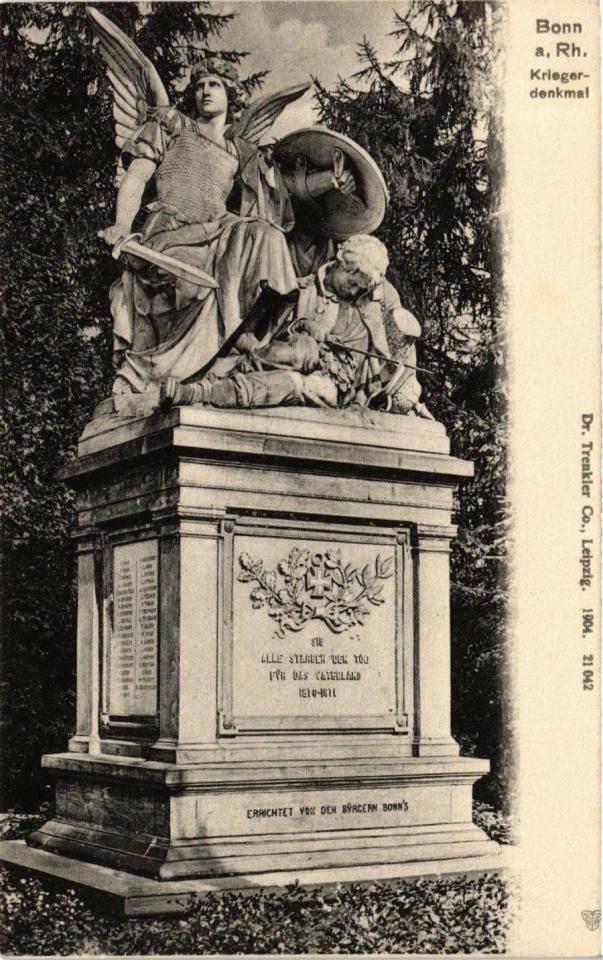
War Memorial in Bonn, North Rhine-Westphalia, Germany
German vintage postcard
#historic#photo#briefkaart#war memorial#vintage#memorial#north rhine-westphalia#sepia#westphalia#photography#carte postale#north#postcard#postkarte#bonn#war#postal#tarjeta#ansichtskarte#old#ephemera#postkaart#rhine#german#germany
66 notes
·
View notes
Text
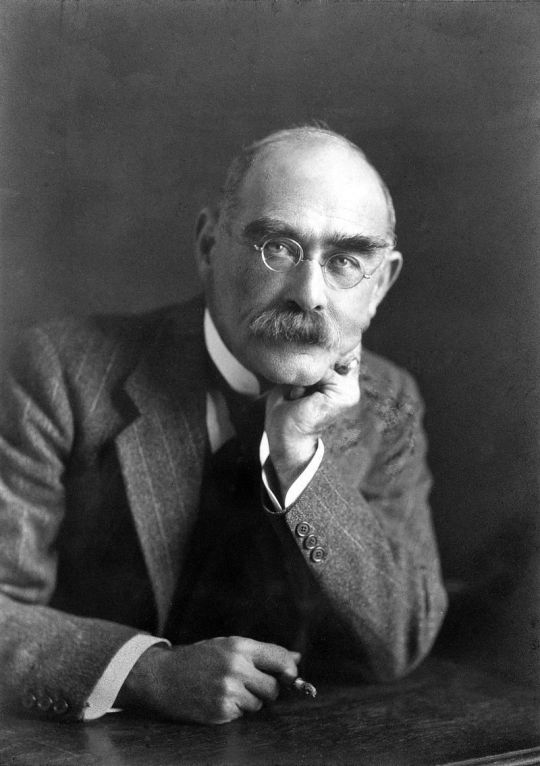
Arguably the single most influential figure in terms of how the fallen of the Great War were memorialised was Rudyard Kipling, whose own son, John, a second lieutenant in the Irish Guards, was reported (missing presumed) killed at Loos, aged 18. (His grave was not identified until 1992).
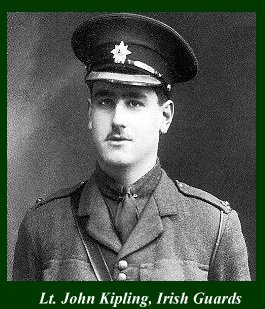
Rudyard Kipling, an internationally renowned novelist, poet, short story writer and journalist, was subsequently invited by the British government to help establish the Imperial War Graves Commission.
He applied the phrase ‘Known unto God’ for the graves in which the occupant was unidentified, and recommended that headstones be uniform and should have regimental identification wherever possible.
"...What knowledge I have of the feeling among officers and men, dead and alive, convinces me that their chief desire would be for distinctive regimental headstones which could be identified in every quarter of the world where a soldier of their regiment may be buried..."
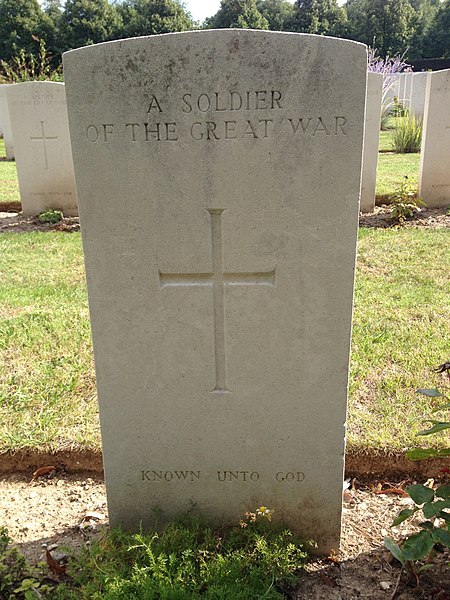
Perhaps his most significant contribution was establishing the policy that names on communal memorials be listed strictly in alphabetical order, regardless of rank, aristocratic background or class.
Upon his death in 1936, the War Graves Commission noted that Rudyard Kipling had either written, selected or approved every inscription on IWGC graves and memorials throughout the world, and had, on his own initiative, personally inspected memorial sites in Belgium, France, Egypt and Palestine.
Background from Melvyn Bragg's In Our Time (BBC Radio 4), the website of the Kipling Society, and BBC News (2016): Solving the Mystery of Rudyard Kipling's Son
#social history#working class history#rudyard kipling#the great war#world war one#first world war#british military#war memorial#military history#society#armistice day#remembrance day#lest we forget#history
46 notes
·
View notes
Text

Between the Tidal Basin and the Lincoln Memorial is the D.C. War Memorial. It was built in 1931, a few years before WWII, and dedicated to soldiers from D.C. that were lost in WWI.
Explore:
#washington dc#dc#memorial#national mall#national park#wwi history#original photography#photographers on tumblr#photography#travel#urbanexploration#wandering#architecture#war memorial#national park service#historical architecture#wanderingjana
12 notes
·
View notes
Text
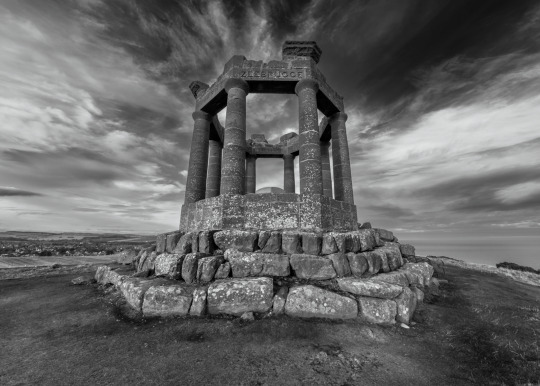
Stonehaven War Memorial, Aberdeenshire
#photographers on tumblr#original photographers#luxlit#imiging#black and white#black and white photography#original photography#Stenehaven#war memorial
33 notes
·
View notes
Text

Irpin. Ukraine
For the second anniversary of liberation of Irpin, a new memorial was built.
"This metal isn't sufficient to break our will to freedom"
18 notes
·
View notes
Text
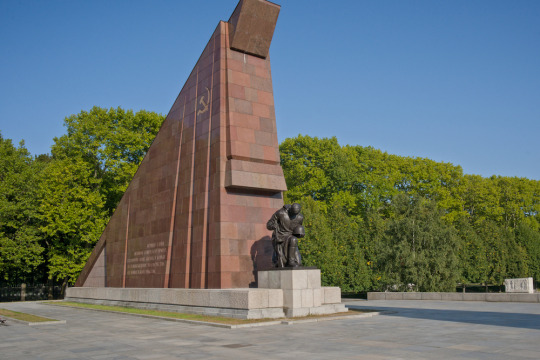
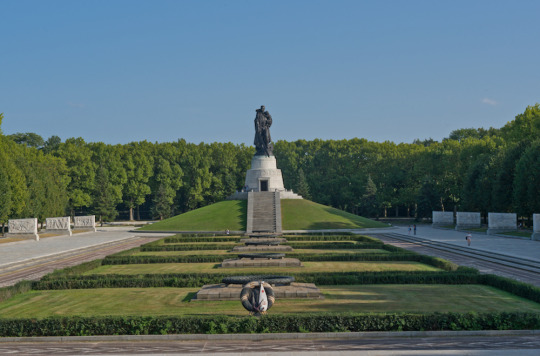


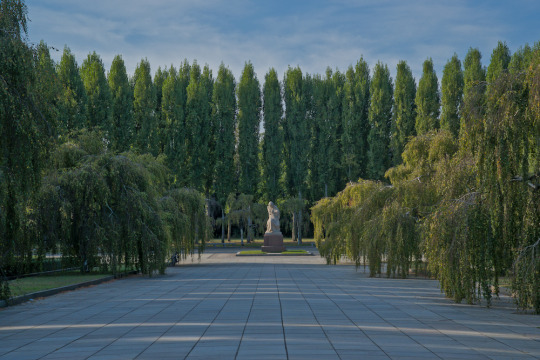

Soviet war memorial, Berlin
#war memorial#berlin#art#soviet#photography#architecture#landscape#landscaped#war#memorial#original photographers#photographers on tumblr#lensblr#original photography#pws
25 notes
·
View notes
Text

"Valor Park"
Valor Park is located within Memorial Park at the National Museum of the U.S. Air Force, Dayton, Ohio and honors U.S. Air Force Medal of Honor recipients.,
#Memorial Park#Valor Park#USAF#USAF National Museum#Air Force#Medal of Honor#memorial#War memorial#USAF Memorial
20 notes
·
View notes
Text

A "Tchorek plaque" in Park Marszałka Edwarda Śmigłego-Rydza
This plaque commemorates the fact that the park was used as an execution site by the Germans during their occupation of Warsaw in the Second World War.
Hundreds of people, including representatives of the Polish intelligentsia and members of the resistance movement were killed here between October 1939 and April 1940. The Germans also executed dozens of people in the park during the Warsaw Uprising of 1944….
#tchorek plaque#memorial#war memorial#history#warsaw#warszawa#polska#poland#germany#second world war#world war 2
11 notes
·
View notes
Photo

Soviet WW2 memorial, Nagybajom, 1962. From the Budapest Municipal Photography Company archive.
93 notes
·
View notes
Text
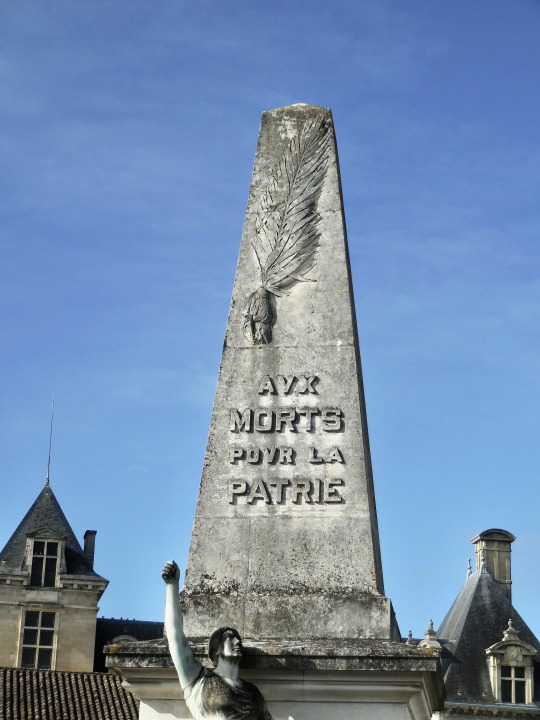
Aux Morts pour la Patrie, Monument, Cadillac, Gironde, 2017.
Bonne Fête Nationale!
16 notes
·
View notes
Text

Lest we forget: Remembrance Sunday (2)
War memorial, St Michael's, Betchworth, Surrey.
15 notes
·
View notes
Text


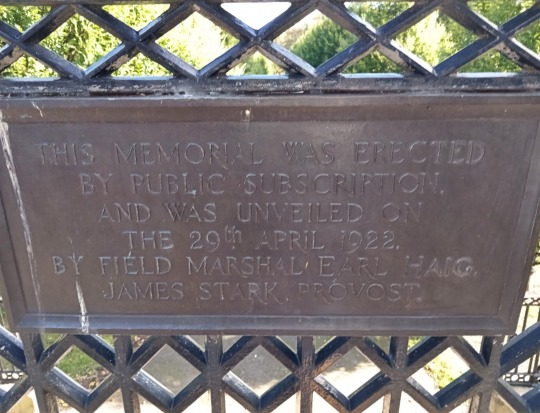
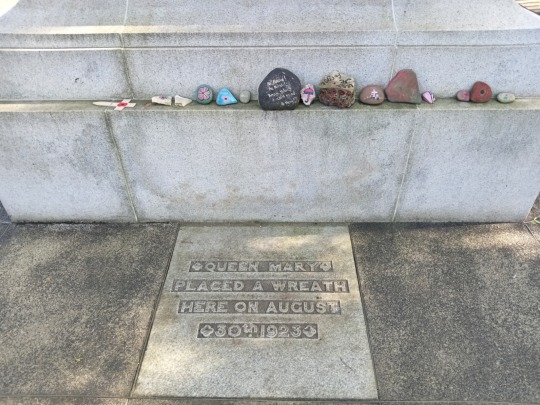
Cupar War Memorial
Taking advantage of a bit of half decent weather for another visit to Fife, and a swift stop in Cupar.
The town’s memorial to Cupar’s fallen, from two World Wars, dominates the junction of St Catherine Street and Station Road, overlooking the Haugh Park.
The pedestal with memorial tablets was designed by the architect, John Kinross. Surmounting the memorial is a bronze winged victory figure looking towards the town.
It was sculpted by Henry Snell Gamley and is popularly known locally as “The Angel”.
10 notes
·
View notes
